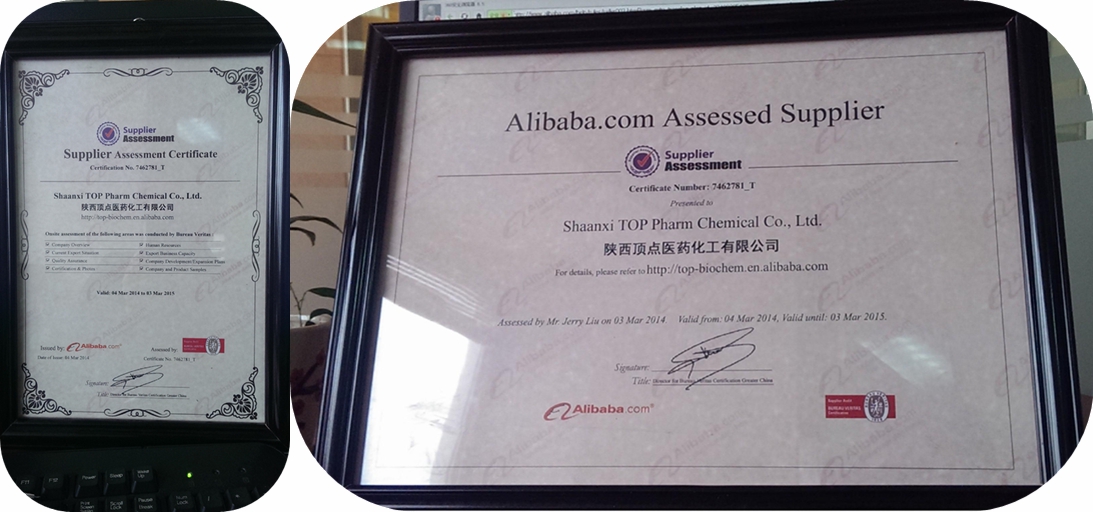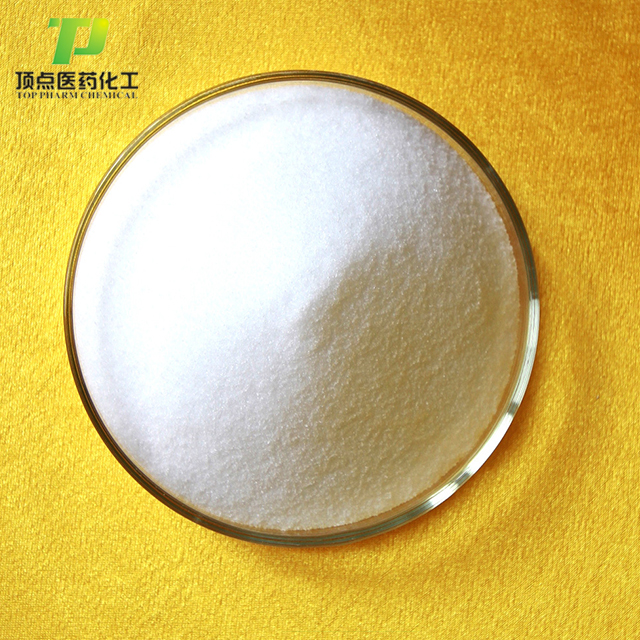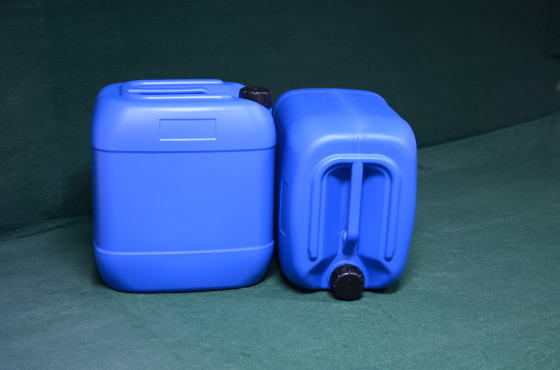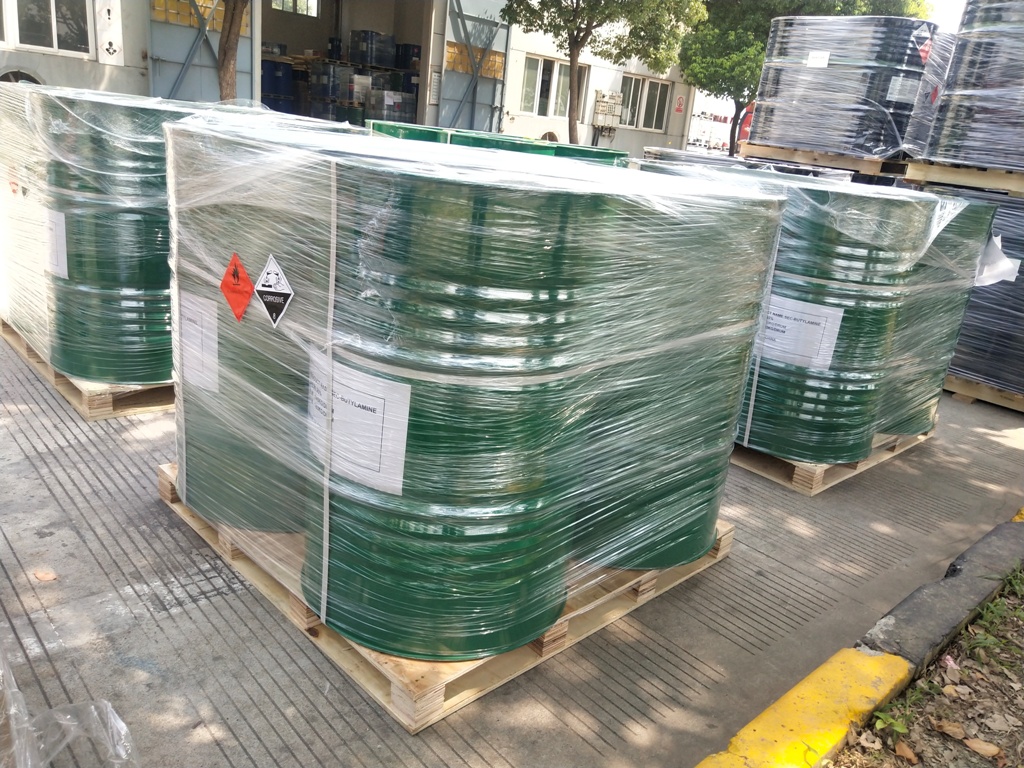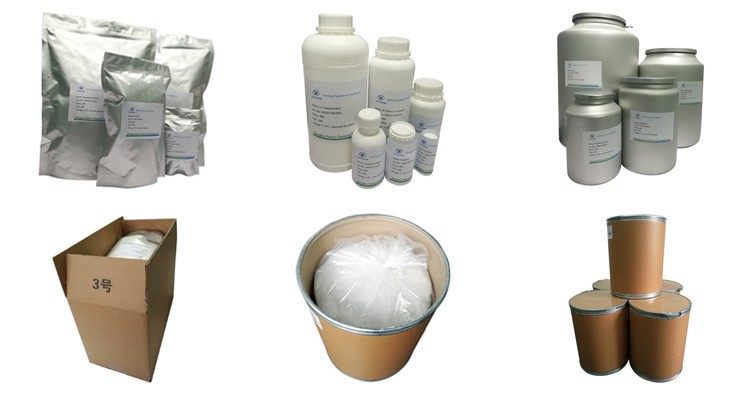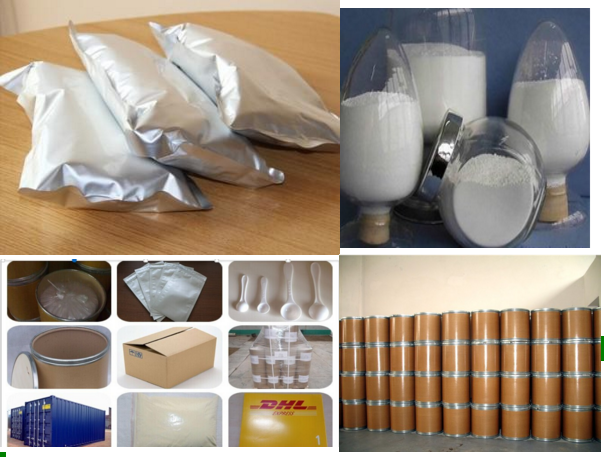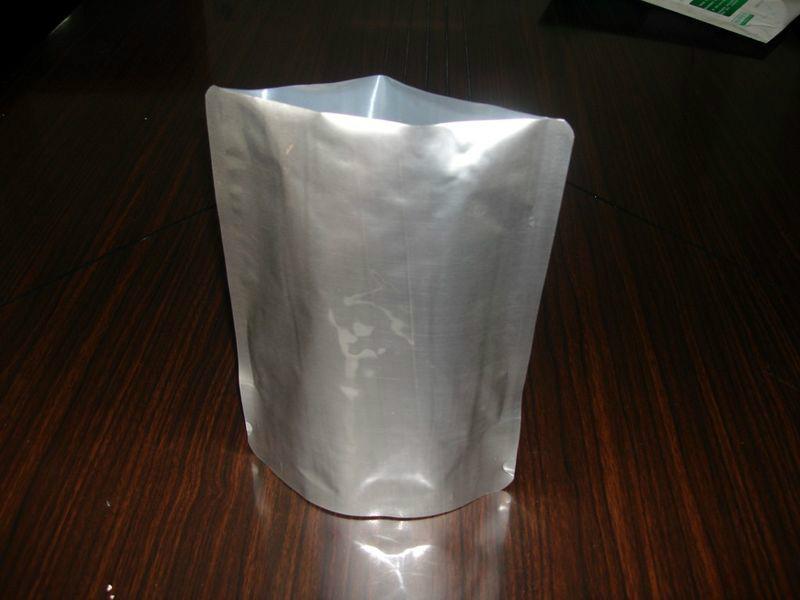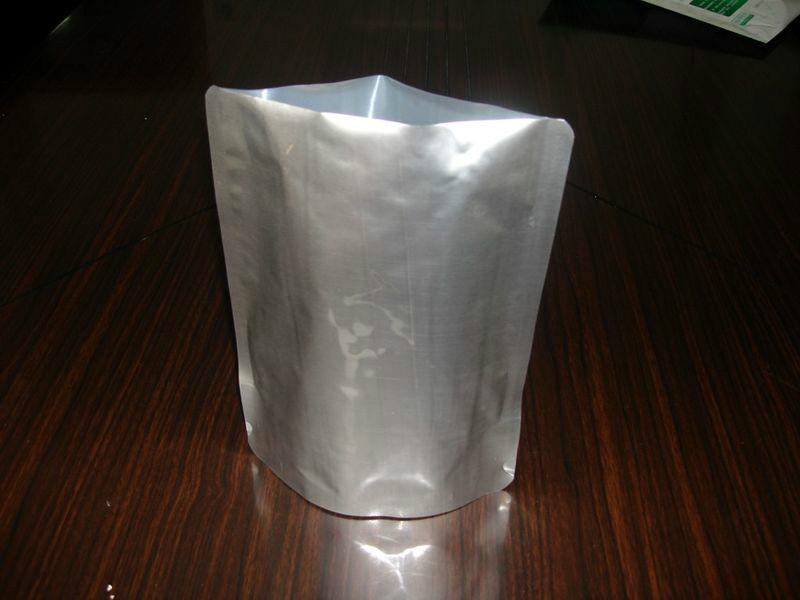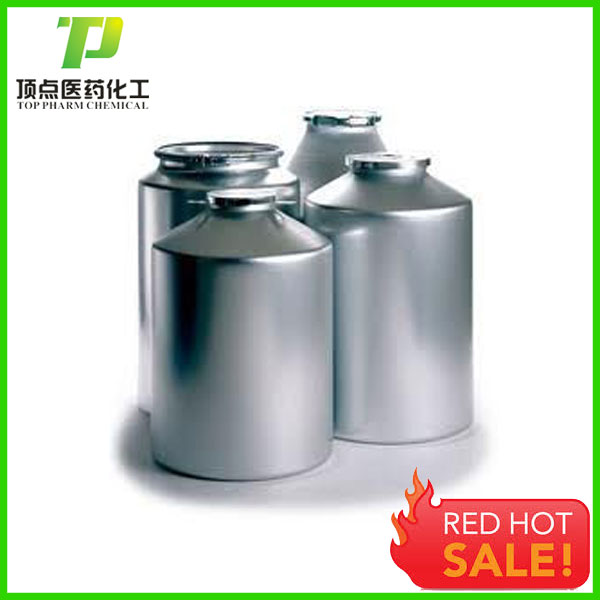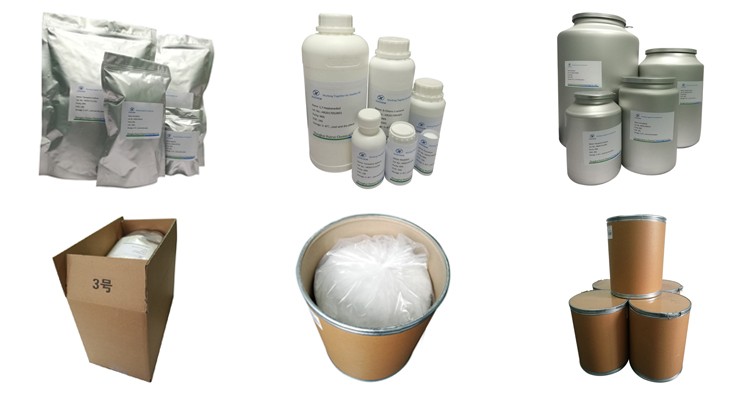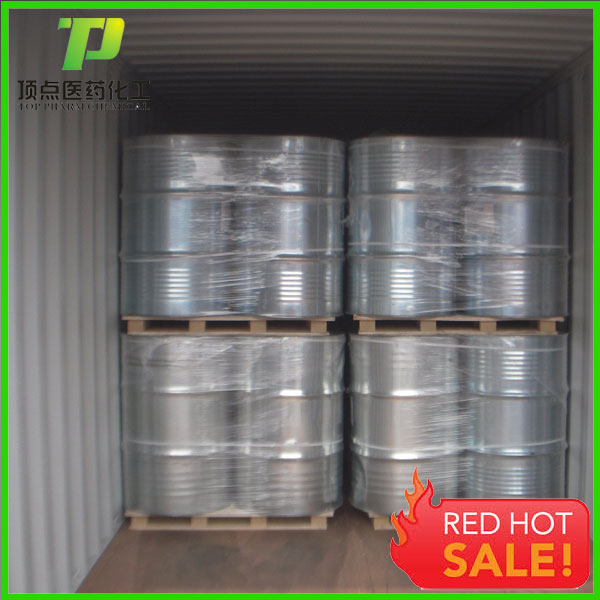
What are ethylene glycols?
Mono-, di- and triethylene glycols are the first three members of a homologous series of dihydroxyalcohols. They are colourless, essentially odourless stable liquids with low viscosities and high boiling points. The three glycols have many similar chemical properties. Differences in their applications are due mainly to variations in physical properties such as viscosity, hygroscopicity and boiling point.
Most ethylene glycol (EG) is produced by the direct hydration of ethylene oxide. Smaller amounts of diethylene glycol (DEG) and triethylene glycol (TEG) are co-produced in this process. Additional quantities of DEG and TEG can be produced by reacting EG with additional ethylene oxide.
How are ethylene glycols used?
Glycols are widely used in industry because of their high boiling points, hygroscopicity, non-corrosiveness, freeze point depression, lubricating, plasticising and solvent properties. Additionally, their ease of chemical reaction, due to their alcohol end groups, makes them popular intermediates in the formation of numerous esters. More specifically, this is how each of the ethylene glycols are used:
Ethylene glycol (EG): EG is by far the largest volume glycol product and is used in a variety of applications. EG is typically commercially available in three grades: fibre, industrial and antifreeze.
The markets for EG products are polyester fibres; polyethylene terephthalate (PET) plastics; coolants in automobile antifreeze; and resins. The excellent humectant (hygroscopicity) properties of EG products also make them ideal for use in fibres treatment, paper, adhesives, printing inks, leather and cellophane.
Diethylene glycol (DEG): DEG is an important chemical intermediate in the manufacture of unsaturated polyester resins, polyurethanes and plasticisers. Other uses for DEG depend largely on its hygroscopic properties. In natural gas processing, DEG serves as a dehydration agent. It is also used in the treatment of corks, glue, paper and cellophane.
Triethylene glycol (TEG): the main uses for TEG depend upon its hygroscopic properties. TEG is employed as a liquid desiccant for the dehydration of natural gas. Air conditioning systems use TEG as dehumidifiers. TEG also finds use as a vinyl plasticiser, as an intermediate in the manufacture of polyester resins and polyols, and as a solvent in many miscellaneous applications.
What are our key strengths in the ethylene glycols sector?
-
Leading position in ethylene oxide/glycol technology.
-
World scale plants in key markets around the world.
-
Global customer base.
-
Proven global logistics capability.
Use
EG is primarily used as a raw material in the manufacture of polyester fibers and fabric industry,
and polyethylene terephthalate resins (PET) used in bottling. A small percent is also used in other
applications such as antifreeze formulations and other products.
Dewatering agent
EG is used in the natural gas industry to remove water vapour from natural gas before further processing,
in much the same manner as TEG (triethylene glycol).
Coolant and heat transfer agent
The major use of ethylene glycol is as a medium for convective heat transfer in, for example,
automobiles and liquid cooled computers. Ethylene glycol is also commonly used in chilled water
air conditioning systems that place either the chiller or air handlers outside, or systems that must
cool below the freezing temperature of water. In geothermal heating/cooling systems, ethylene
glycol is the fluid that transports heat through the use of a geothermal heat pump. The ethylene
glycol either gains energy from the source (lake, ocean, water well) or dissipates heat to the sink,
depending if the system is being used for heating or cooling.
Pure ethylene glycol has a specific heat capacity about one half that of water. So, while providing
freeze protection and an increased boiling point, ethylene glycol lowers the specific heat capacity of
water mixtures relative to pure water. A 50/50 mix by mass has a specific heat capacity of about 3140 J/kg C (0.75 BTU/lb F)
three quarters that of pure water, thus requiring increased flow rates in same system comparisons with water.
Additionally, the increase in boiling point over pure water inhibits nucleate boiling on heat transfer surfaces thus
reducing heat transfer efficiency in some cases, such as gasoline engine cylinder wal
ls. Therefore, pure ethylene glycol should not be used as an engine coolant in most cases.
Antifreeze
Ethylene glycol disrupts hydrogen bonding when dissolved in water. Pure ethylene glycol freezes at
about −12 °C (10.4 °F), but when mixed with water, the mixture does not readily crystallize, and
therefore the freezing point of the mixture is depressed. Specifically, a mixture of 60% ethylene
glycol and 40% water freezes at −45 °C (−49 °F).Diethylene glycol behaves similarly. It is used as
a de-icing fluid for windshields and aircraft. The antifreeze capabilities of ethylene glycol have made
it a component of vitrification (anticrystallization) mixtures for low-temperature preservation of biological tissues and organs.
However, the boiling point for aqueous ethylene glycol increases monotonically with increasing
ethylene glycol percentage. Thus, the use of ethylene glycol not only depresses the freezing point,
but also elevates the boiling point such that the operating range for the heat transfer fluid is
broadened on both ends of the temperature scale. The increase in boiling temperature is due
to pure ethylene glycol having a much higher boiling point and lower vapor pressure than pure
water; there is no chemical stabilization against boiling of the liquid phase at intermediate compositions,
as there is against freezing.
Precursor to polymers
In the plastics industry, ethylene glycol is an important precursor to polyester fibers and resins.
Polyethylene terephthalate, used to make plastic bottles for soft drinks, is prepared from ethylene glycol.
Hydrate inhibition
Because of its high boiling point and affinity for water, ethylene glycol is a useful desiccant.
Ethylene glycol is widely used to inhibit the formation of natural gas clathrates (hydrates) in
long multiphase pipelines that convey natural gas from remote gas fields to a gas processing facility.
Ethylene glycol can be recovered from the natural gas and reused as an inhibitor after purification
treatment that removes water and inorganic salts.
Natural gas is dehydrated by ethylene glycol. In this application, ethylene glycol flows down from the top
of a tower and meets a rising mixture of water vapor and hydrocarbon gases. Dry gas exits from the top
of the tower. The glycol and water are separated, and the glycol recycled. Instead of removing water,
ethylene glycol can also be used to depress the temperature at which hydrates are formed. The purity
of glycol used for hydrate suppression (monoethylene glycol) is typically around 80%, whereas the purity
of glycol used for dehydration (triethylene glycol) is typically 95 to more than 99%. Moreover, the injection
rate for hydrate suppression is much lower than the circulation rate in a glycol dehydration tower.
Niche applications
Minor uses of ethylene glycol include the manufacture of capacitors, as a chemical intermediate in the
manufacture of 1,4-dioxane, and as an additive to prevent corrosion in liquid cooling systems for personal
computers. Ethylene glycol is also used in the manufacture of some vaccines, but it is not itself present in
these injections. It is used as a minor (1–2%) ingredient in shoe polish and also in some inks and dyes.
Ethylene glycol has seen some use as a rot and fungal treatment for wood, both as a preventative and
a treatment after the fact. It has been used in a few cases to treat partially rotted wooden objects to
be displayed in museums. It is one of only a few treatments that are successful in dealing with rot in
wooden boats, and is relatively cheap. Ethylene glycol may also be one of the minor ingredients in screen
cleaning solutions, along with the main ingredient isopropyl alcohol. Ethylene glycol is commonly used as a
preservative for biological specimens, especially in secondary schools during dissection as a safer alternative to
formaldehyde. It can also be used in killing jars.It is also used as part of the water-based hydraulic fluid used to
control subsea oil and gas production equipment.
Another interesting use is in the treatment of 'dry rot' or 'white rot' on timber joists, partially rotten or affected
wood readily soaks it up and the fungus is subsequently killed. The main advantage of this type of treatment
is that the glycol is hydroscopic and the wood being already water damaged readily absorbs a water based product.
|





